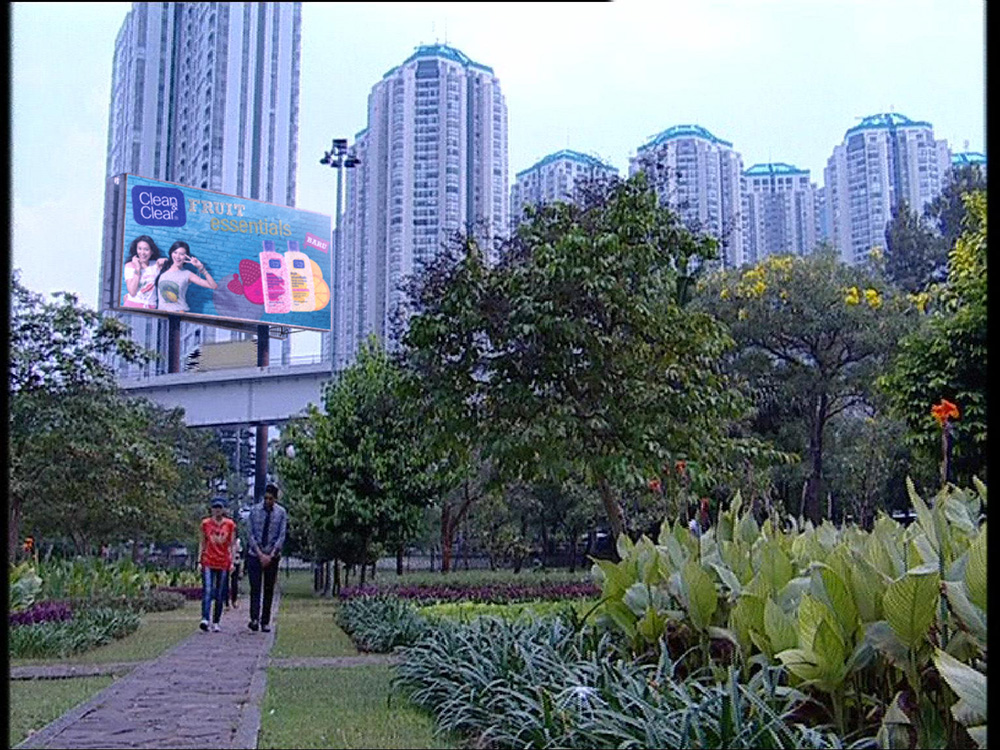Post-Production Product Placement
Extreme time pressure calls for extreme file movement
Media and advertising have always been cozy bedfellows. The desire to educate, entertain, speak out, and inform the populace can’t be separated from the funding that keeps it alive. But we hate being reminded of that fact. As consumers of entertainment and news, we want an uninterrupted experience, and much of the job of savvy advertisers is figuring out how to entice viewers into paying attention to a brand without getting pissed off that you’ve just shoved an ad in their face.
This dance between advertisement and viewer seems to be as old as civilization itself. The earliest know forms of advertising date back 4,000 years to Egypt when they used papyrus for wall posters. Other examples were found in the ruins of Pompeii and ancient Arabia. Add some evolutionary biology and expanded thinking, and advertising could be even older than the emergence of Homo Sapiens. Scientist Howard Bloom has written tomes about consumerism and advertising as an innate driver in all social creatures, even bees and bacteria.
Today, some of the most innovative TV advertisers are working with a technique known as post-production product placement, a more natural form of traditional product placement — something that once seemed like an improvement over commercials but has gotten rather ridiculous as of late. Post-production product placements are less disruptive because they are placed in TV shows after they’ve been created, allowing advertisers to carefully select a clip to implant a brand image like the billboard in this scene. They can even insert TV tickers appropriate to each market, allowing viewers to engage with a brand via social media.
As you can imagine, this is not an easy logistical or technical feat. In a recent article on Creative Cow, Manav Kapoor of Singapore-based Whisper Media said, “The difference between this and traditional product placement is that what we do isn’t set up during pre-production. Our work takes place entirely in the window between when the final edit is completed, and when the program airs. This, of course, often puts us under extreme time pressure.
Handling that kind of pressure seems to be a hallmark of success in the digital media era, and companies like Whisper have sought out solutions to ease their biggest cause of anxiety: receiving and sending huge media files without missing deadlines. “Because we work with programs in their ready-to-air form, the files we receive are massive,” said Kapoor. “We have to maintain the highest possible quality if the placement is to be accepted as part of the content, and not look like something stuck on afterwards. This means that we have to place the objects seamlessly into full resolution, high definition video and then return those massive files to the client.”
With conventional FTP, moving their files took 24 hours or more. Often the transmit would get interrupted and they’d have to start over. Yet, television schedules would not wait for file transfer failures, so they had to find a solution for moving very large files that was secure, fast, and simple to use. In September 2013, they started using Signiant Media Shuttle to transfer large files. “Instantly we found we could move Masterchef All Stars files in 25 to 30 minutes,” said Kapoor. “That is a speed-up of 55 times, a remarkable benefit. Media Shuttle’s send portal provides a simple, always-on way of sharing massive media files that are common in the video production industry, and are problematic to deliver reliably on an ad hoc basis.”
Since then, Whisper has seen their success grow with over 200 programs in place and research indicating a “phenomenally high recall and affinity for the brand through this unique and innovative advertising solution.” And, Kapoor concludes, “we are helping broadcasters stay on top as viewing habits change.”
Implementing the latest technologies like Media Shuttle allowed Whisper to take the lead in the dance between advertisement and viewer — and stay cozy with their media partners.



